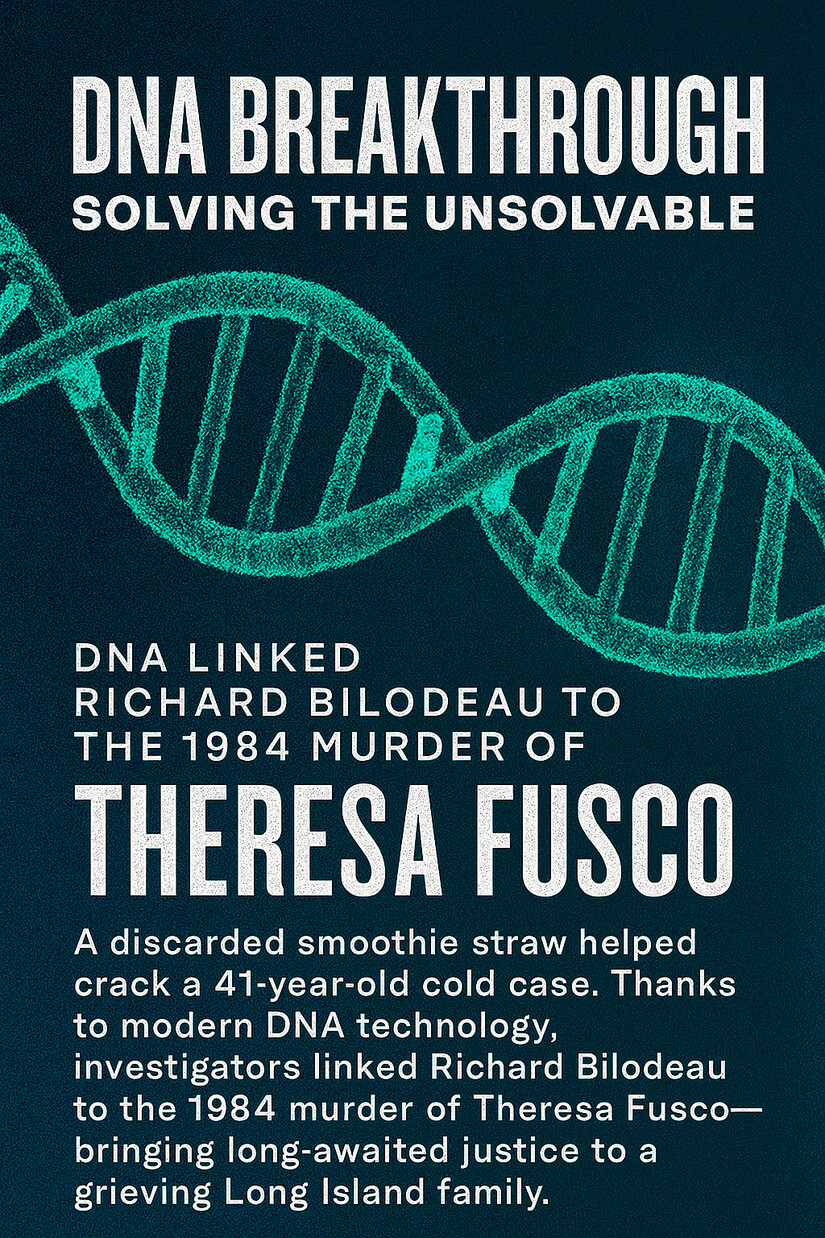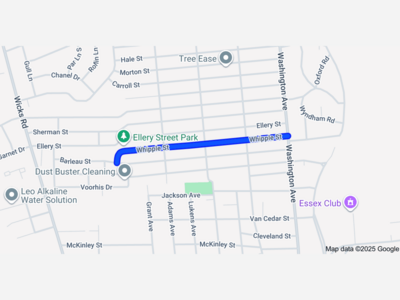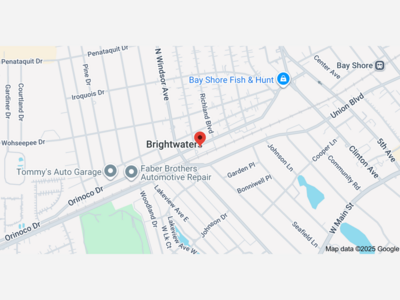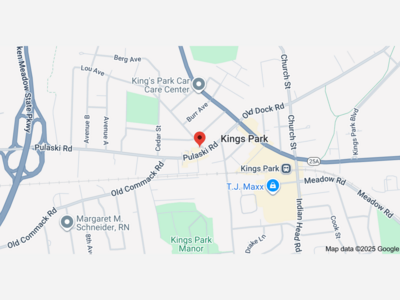Science Meets Justice: How DNA Technology Solved a 40-Year Mystery

🔬 Science Meets Justice: How DNA Technology Solved a 40-Year Mystery
For decades, Theresa Fusco’s murder remained one of Long Island’s most haunting cold cases. But behind the scenes, forensic science was quietly evolving—and ultimately delivered the breakthrough investigators needed.
Discarded Straw, Decades-Old Evidence
The turning point came when detectives collected a smoothie straw discarded by suspect Richard Bilodeau during surveillance. DNA extracted from the straw matched biological evidence preserved from the 1984 crime scene, linking Bilodeau to Fusco’s murder.
From Blood Typing to Genetic Fingerprints
In the 1980s, forensic tools were limited to blood typing and rudimentary hair analysis. Today, advanced techniques like STR analysis (short tandem repeats) and touch DNA allow investigators to build genetic profiles from microscopic traces.
Cold Case Units and National Databases
The rise of dedicated cold case units and national DNA databases like CODIS (Combined DNA Index System) has transformed how law enforcement revisits unsolved crimes. In Fusco’s case, preserved evidence was reanalyzed using modern methods, revealing what older technology could not.
Justice Delayed, Not Denied
While DNA alone doesn’t solve cases, it provides the critical link that can reopen investigations, exonerate the innocent, and bring long-awaited justice. For Fusco’s family, it was the key to unlocking a painful chapter—and finally, some peace.
More News from Mount Sinai
- Your Mount Sinai weather forecast for Sunday, Dec 14 - Thursday, Dec 18 What to expect when you step outside
- Weekend forecast for Mount Sinai Friday, Dec 19 - Sunday, Dec 14 Your weather for this weekend



